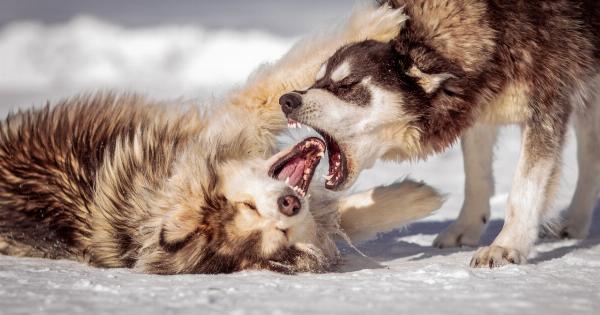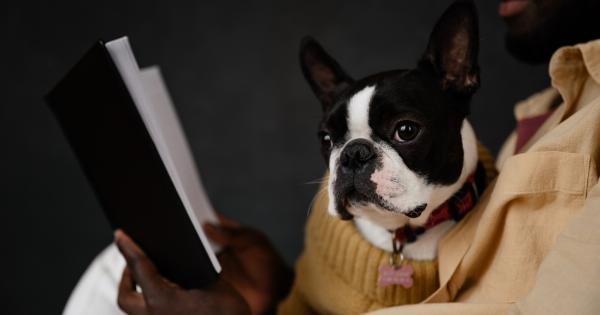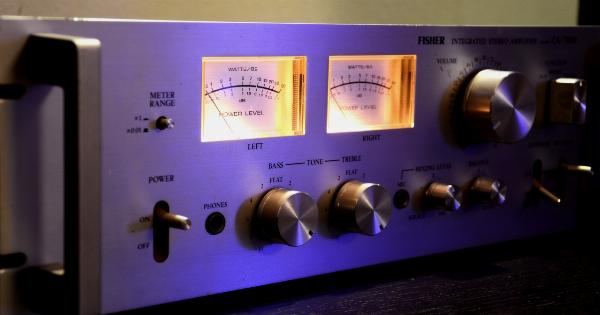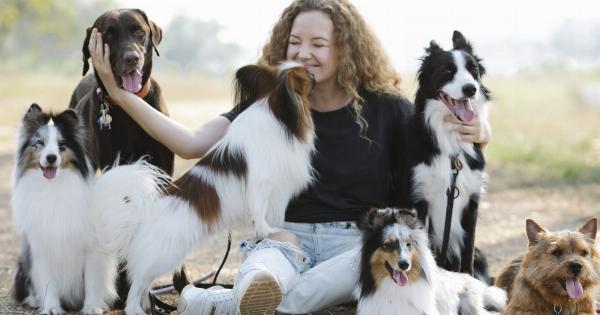Dogs are incredibly expressive animals. While they may not be able to communicate with words like humans do, they have their own unique ways of expressing themselves. Two important aspects of a dog’s communication are their nose and tail movements.
By paying close attention to these signals, you can gain a better understanding of what your furry friend is trying to tell you. Let’s dive deeper into the unspoken words of dogs and decode their communication through nose and tail movements.
Nose Movements: Sniffing, Scratching, and Licking
A dog’s nose is much more than just an adorable snout. It plays a crucial role in their communication. One common nose movement you’ll often see in dogs is sniffing.
When a dog sniffs the air or sniffs objects, it’s their way of gathering information about their surroundings. Sniffing is like reading a newspaper for dogs, as they can pick up various scents and understand their environment better.
Another nose movement worth noting is scratching. If a dog scratches their nose, it can indicate discomfort or irritation. It’s essential to examine the area and check for any signs of infection or injury.
If the scratching persists, consult with your veterinarian to rule out any underlying health issues.
Dogs also communicate through nose movements such as licking. Licking can serve multiple purposes, including grooming, showing affection, and even a sign of submission.
It’s essential to understand the context in which your dog is licking to accurately interpret their message.
Tail Movements: Wagging, Tucked, and Stiff
A dog’s tail is like a lively, moveable antenna that reveals their emotional state. Tail movements provide crucial insights into a dog’s intentions and feelings.
The most well-known tail movement is wagging, often associated with happiness and excitement. However, a wagging tail doesn’t always mean a dog is friendly. Different wag speeds and positions can convey different emotions.
A loose, wide wag with relaxed body language usually indicates a friendly and enthusiastic dog. On the other hand, a fast, stiff wag with tense body language may signify anxiety, fear, or aggression.
It’s crucial to consider other body cues alongside tail movements to accurately gauge a dog’s emotional state.
In contrast, a tucked tail is a telling sign of fear or submission. When a dog tucks their tail between their legs, it suggests they are frightened or anxious.
It’s essential to create a safe and comfortable environment for your dog to help them feel more at ease.
Additionally, a stiff, upright tail held high in the air can indicate dominance or alertness. This tail position is often seen in confident or assertive dogs who are on high alert.
Understanding your dog’s tail movements can help you respond appropriately to their needs and emotions.
Combining Nose and Tail Movements
While nose and tail movements can provide valuable insights into a dog’s communication, it’s important to remember that they are best interpreted in combination with other body language cues.
Dogs communicate using a wide range of signals, including facial expressions, ear positions, and overall body posture.
For example, a dog with a relaxed body, a loose wagging tail, and a softly sniffing nose is likely content and friendly. On the other hand, a dog with a stiff tail, standing tall, and a tense nose could be indicating aggression or alertness.
Observing and understanding your dog’s complete body language is essential for effective communication and building a strong bond with your furry companion.
The Importance of Context
It’s important to consider the context in which nose and tail movements occur. Each dog is unique, and their communication can be influenced by factors such as breed, individual personality, and past experiences.
What may be a friendly wag from one dog could be a warning signal from another.
Additionally, observe the environment and the presence of other animals or humans. Dogs may react differently in various situations, so understanding the overall context will help you interpret their communication accurately.
Positive Reinforcement and Communication
By paying attention to your dog’s nose and tail movements, you can strengthen your bond and improve communication. Positive reinforcement plays a vital role in this process.
When you observe a desirable behavior, such as a relaxed nose or a friendly wag, praise and reward your dog accordingly. Positive reinforcement positively reinforces their communication, making them feel understood and appreciated.
Building a foundation of trust through positive reinforcement allows you to establish open lines of communication with your dog and encourages them to express themselves more freely.
Seeking Professional Help
If you’re having difficulty understanding your dog’s communication or if you notice any concerning or persistent behavior, it’s always a good idea to seek professional help.
Veterinarians, animal behaviorists, or certified dog trainers can provide valuable guidance and assist you in deciphering your dog’s unspoken words.
In Conclusion
Dogs may not use spoken words, but their nose and tail movements speak volumes. By paying attention to their sniffing, scratching, wagging, tucking, and stiffness, you can gain a deeper understanding of your dog’s emotions, needs, and intentions.
Remember to consider overall body language and the specific context when interpreting their signals. With patience, observation, and positive reinforcement, you can build a stronger bond with your furry friend and communicate more effectively.






























